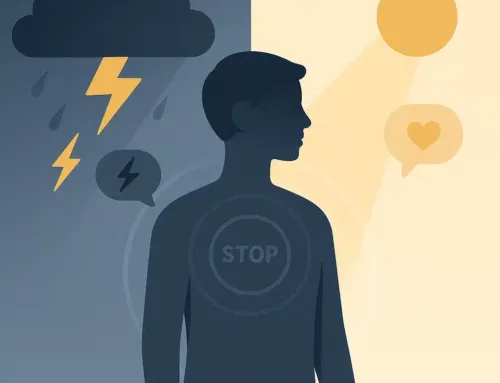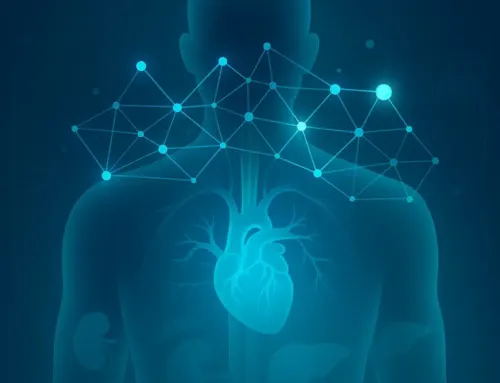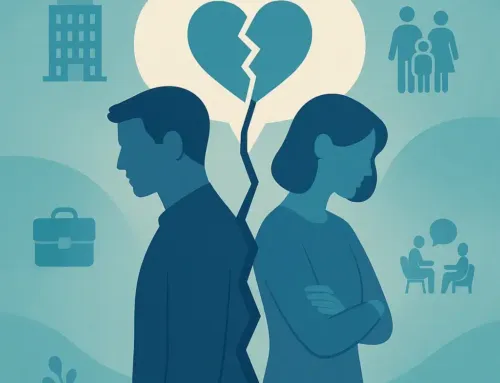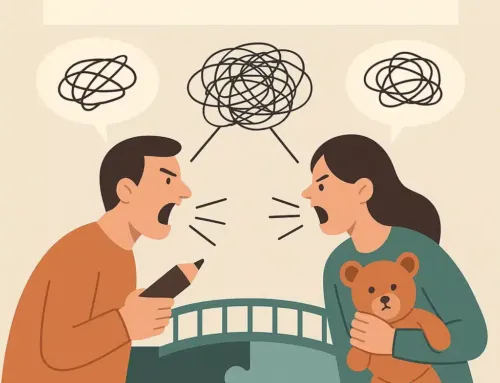
Approx. read time: 5.7 min.
Post: The Stigma of Mental Illness: Breaking Down Misconceptions and Stereotypes
Mental illness affects millions of people worldwide, yet stigma, discrimination, and misunderstanding still persist. Society often labels individuals with mental health conditions as “scary,” “comical,” or “incompetent.” These stereotypes create barriers to treatment and worsen the isolation people with mental health disorders experience.
Many misconceptions reinforce this stigma. People with anxiety may be called weak rather than recognized as individuals struggling with a medical condition. Similarly, schizophrenia is frequently linked to violence, despite evidence showing that individuals with this disorder are more likely to be victims than perpetrators. These false beliefs discourage open conversations about mental health and prevent people from seeking support.
This article explores common misconceptions, the harmful effects of stigma, and steps we can take to create a more understanding and inclusive society.
The Roots of Mental Health Stigma
Historical Perspectives
For centuries, people misunderstood mental illness. Ancient societies often believed mental disorders resulted from supernatural forces or divine punishment. During the Middle Ages, individuals with severe psychiatric symptoms faced cruel treatment, including imprisonment or exile.
Even as science advanced, stigma persisted. In the 19th and 20th centuries, mental health institutions continued to isolate and mistreat patients, reinforcing the idea that mental illness was shameful. Although psychiatric care has improved, outdated beliefs still shape public attitudes today.
The Role of Media
The media plays a significant role in shaping public perceptions. Movies and television shows often portray mental illness in exaggerated and harmful ways. Horror films depict people with schizophrenia as violent, while comedies turn anxiety and obsessive-compulsive disorder (OCD) into a joke.
These inaccurate portrayals spread misinformation and reinforce harmful stereotypes. As a result, many individuals with mental illness struggle with self-stigma. They feel ashamed of their diagnosis and hesitate to seek help.
Common Misconceptions About Mental Illness
1. People with Mental Illness Are Dangerous
One of the most damaging myths is that individuals with mental illness are prone to violence. This belief particularly affects people with schizophrenia, bipolar disorder, or severe depression.
In reality, research shows no strong link between mental illness and violent behavior. Instead, studies suggest that individuals with psychiatric conditions are more likely to be victims of crime rather than perpetrators. Factors such as substance abuse and past trauma contribute more significantly to violent tendencies than mental illness alone.
2. Anxiety and Depression Are Signs of Weakness
Anxiety and depression affect millions, yet people often dismiss them as personal weaknesses. Some believe individuals with anxiety should “calm down,” while others think people with depression should “just cheer up.”
However, anxiety and depression stem from complex biological, genetic, and environmental factors. They are not simply matters of willpower. Many individuals require therapy, medication, and lifestyle adjustments to manage their conditions. Labeling them as weak only reinforces stigma and discourages them from seeking help.
3. Mental Illness Is a Choice
Many assume that people with mental illness can “snap out of it” if they try hard enough. This belief stems from a lack of understanding of the biological and neurological roots of psychiatric disorders.
Mental illnesses are not choices. They affect brain chemistry, thought patterns, and behavior. Just as someone with diabetes cannot control their blood sugar without medical intervention, a person with depression cannot “will” their condition away. Treatment and support are necessary for recovery.
4. People with Mental Illness Cannot Function in Society
Some believe that individuals with mental illness cannot lead successful lives. While some conditions can be debilitating, many people with psychiatric disorders manage their symptoms and thrive in their careers and personal lives.
With the right support, therapy, and treatment, individuals with mental health conditions can contribute meaningfully to society. Many highly successful people, including entrepreneurs, artists, and scientists, have lived with mental illness while making significant contributions to their fields.
The Impact of Stigma on Individuals with Mental Illness
Barriers to Seeking Treatment
Stigma often prevents people from getting the help they need. Many fear judgment, discrimination, or being perceived as weak. As a result, they suffer in silence instead of reaching out for support.
Studies show that individuals who internalize mental health stigma are less likely to follow treatment plans, attend therapy, or take prescribed medication. Without proper care, symptoms worsen, sometimes leading to crisis situations.
Social Isolation and Discrimination
People with mental illness frequently experience social isolation. Friends, family members, and coworkers may distance themselves due to fear or misunderstanding. This isolation can worsen depression and anxiety, making it even harder for individuals to maintain relationships and feel connected.
Discrimination in the workplace is also a major issue. Many employees fear disclosing their condition to their employers, worried about unfair treatment or even job loss. This creates additional stress and limits career opportunities.
Increased Risk of Suicide
Stigma and discrimination have devastating consequences. Individuals with untreated or poorly managed mental health conditions face a higher risk of suicide. Many avoid discussing their struggles because they fear judgment, increasing feelings of despair and hopelessness.
Creating an environment where people feel safe talking about mental health is crucial for suicide prevention. Open conversations, access to mental health resources, and community support can save lives.
Steps Toward a More Inclusive and Understanding Society
1. Educate the Public
Raising awareness is essential for reducing stigma. Schools, workplaces, and communities should provide education about mental health to challenge harmful stereotypes and promote understanding.
2. Promote Positive Media Representation
The media has a powerful influence on public perception. Encouraging accurate and compassionate portrayals of mental illness in movies, television, and news stories can shift societal attitudes. Advocating for stories that highlight recovery and resilience can help normalize mental health struggles.
3. Encourage Open Conversations
Creating safe spaces for discussions about mental health is crucial. Encouraging open conversations in families, workplaces, and communities helps normalize mental health discussions and makes people feel more comfortable seeking support.
4. Support Mental Health Legislation
Policymakers play a vital role in improving mental health care. Advocating for increased mental health funding, anti-discrimination laws, and better access to treatment can help create a more supportive society.
Conclusion
Mental illness stigma remains a significant challenge, but change is possible. By challenging misconceptions, promoting understanding, and fostering compassionate conversations, we can create a more inclusive society for individuals living with mental health conditions.
No one should feel ashamed of their struggles. Mental illness is not a weakness or a personal failing. It is a legitimate medical condition that deserves the same care, support, and respect as any other health issue. Together, we can break the stigma and build a world where everyone feels valued, understood, and supported.









